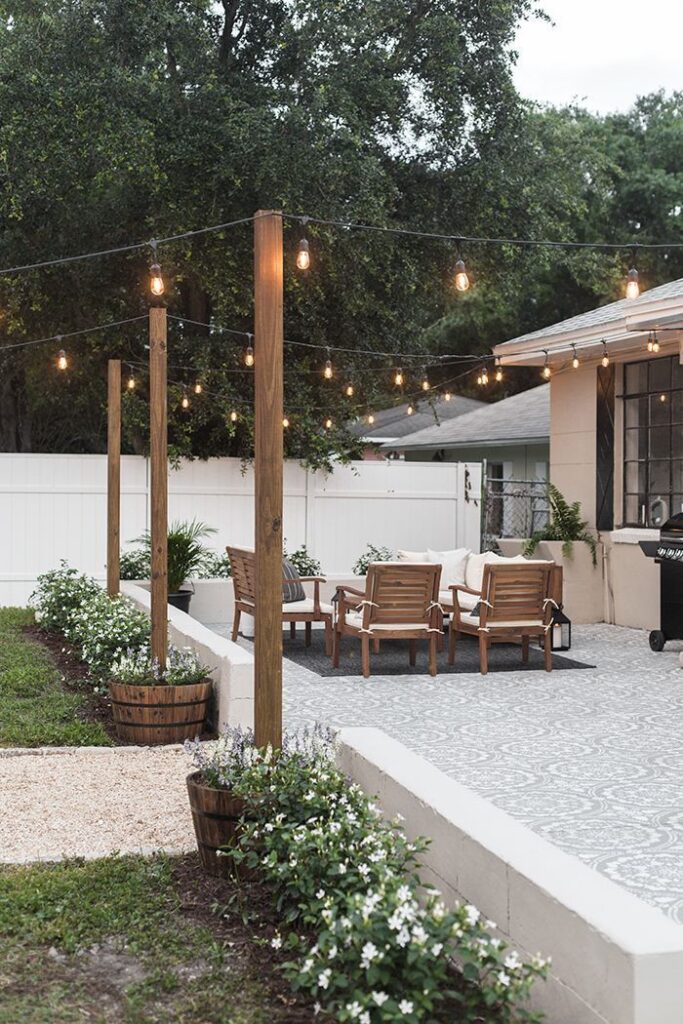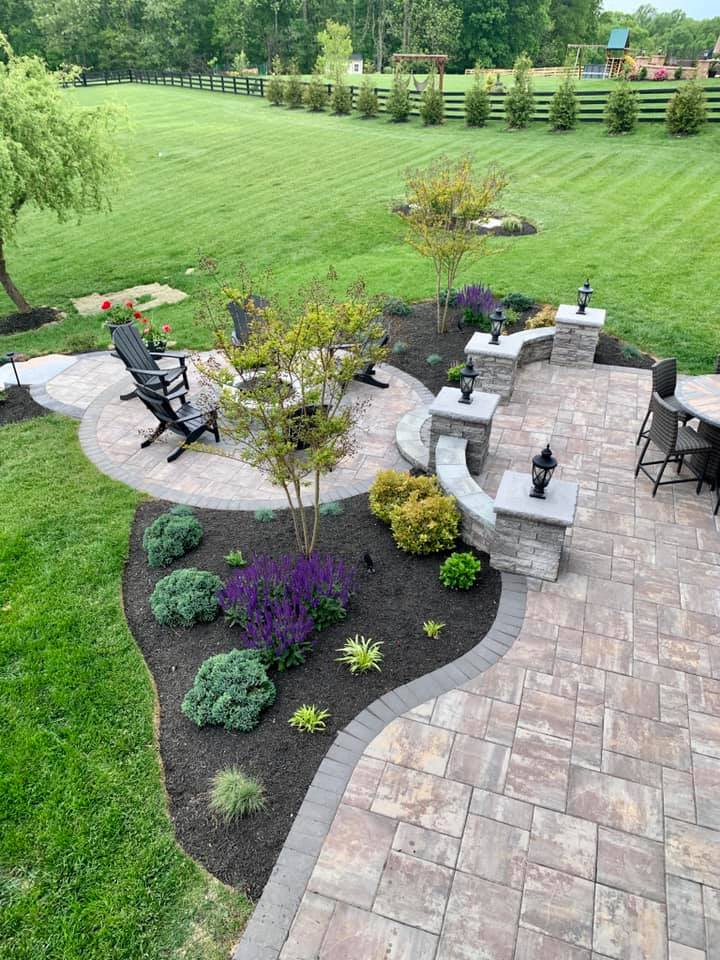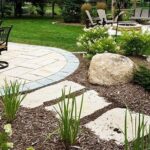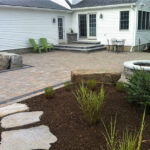Landscaping around a patio is essential to enhancing the overall aesthetic of an outdoor space. When done correctly, landscaping can create a harmonious blend of greenery and hardscape elements that make your patio area a truly inviting and beautiful retreat. There are several key factors to consider when designing the landscaping around your patio, including the size and shape of the patio, the existing vegetation and hardscape features, and your desired style and ambiance.
One important aspect to consider when landscaping around a patio is the size and shape of the space. If you have a small patio, you may want to focus on creating a cozy and intimate atmosphere by using compact plants, such as dwarf shrubs or ornamental grasses, and incorporating containers or vertical gardens to maximize space. For larger patios, you have more flexibility to incorporate a variety of plants and hardscape features, such as pathways, seating areas, or water features, to create a more expansive and dynamic outdoor living space.
Another key consideration when landscaping around a patio is the existing vegetation and hardscape elements. Take into account any trees, shrubs, or other plants that are already present in the area, as well as any hardscape features like walls, fences, or pathways. These elements can help guide your landscaping design and provide a natural backdrop for your patio space. Consider adding complementary plants or features that complement and enhance the existing landscape, creating a cohesive and harmonious outdoor environment.
When designing the landscaping around your patio, it’s important to consider your desired style and ambiance. Whether you prefer a formal, manicured look or a more natural, organic feel, your landscaping choices should reflect your personal preferences and complement the overall design of your patio area. Choose plants, materials, and features that align with your desired style, whether it’s modern, traditional, tropical, or cottage-inspired, to create a cohesive and visually appealing landscape that enhances the beauty of your patio space.
Incorporating a mix of plants with different heights, textures, and colors can help create visual interest and balance in your landscaping design. Consider using a combination of shrubs, perennials, annuals, and ornamental grasses to add variety and depth to your patio area. You can also incorporate elements like rocks, pebbles, mulch, or decorative stones to add texture and contrast to your landscaping design. Experiment with different plant combinations and arrangements to create a dynamic and visually appealing landscape that enhances the beauty of your patio.
Finally, maintenance is an important aspect to consider when landscaping around a patio. Choose plants that are well-suited to your climate and soil conditions, and that require minimal upkeep to keep your patio area looking its best. Consider using drought-tolerant plants, native species, or low-maintenance perennials to reduce the need for watering, pruning, or fertilizing. Regularly clean and maintain your patio area by removing debris, dead plants, or weeds, and keep your landscaping looking fresh and vibrant throughout the year. By carefully planning and maintaining your landscaping design, you can create a beautiful and inviting outdoor space that enhances your patio area and provides a peaceful and relaxing retreat for you and your guests.

















